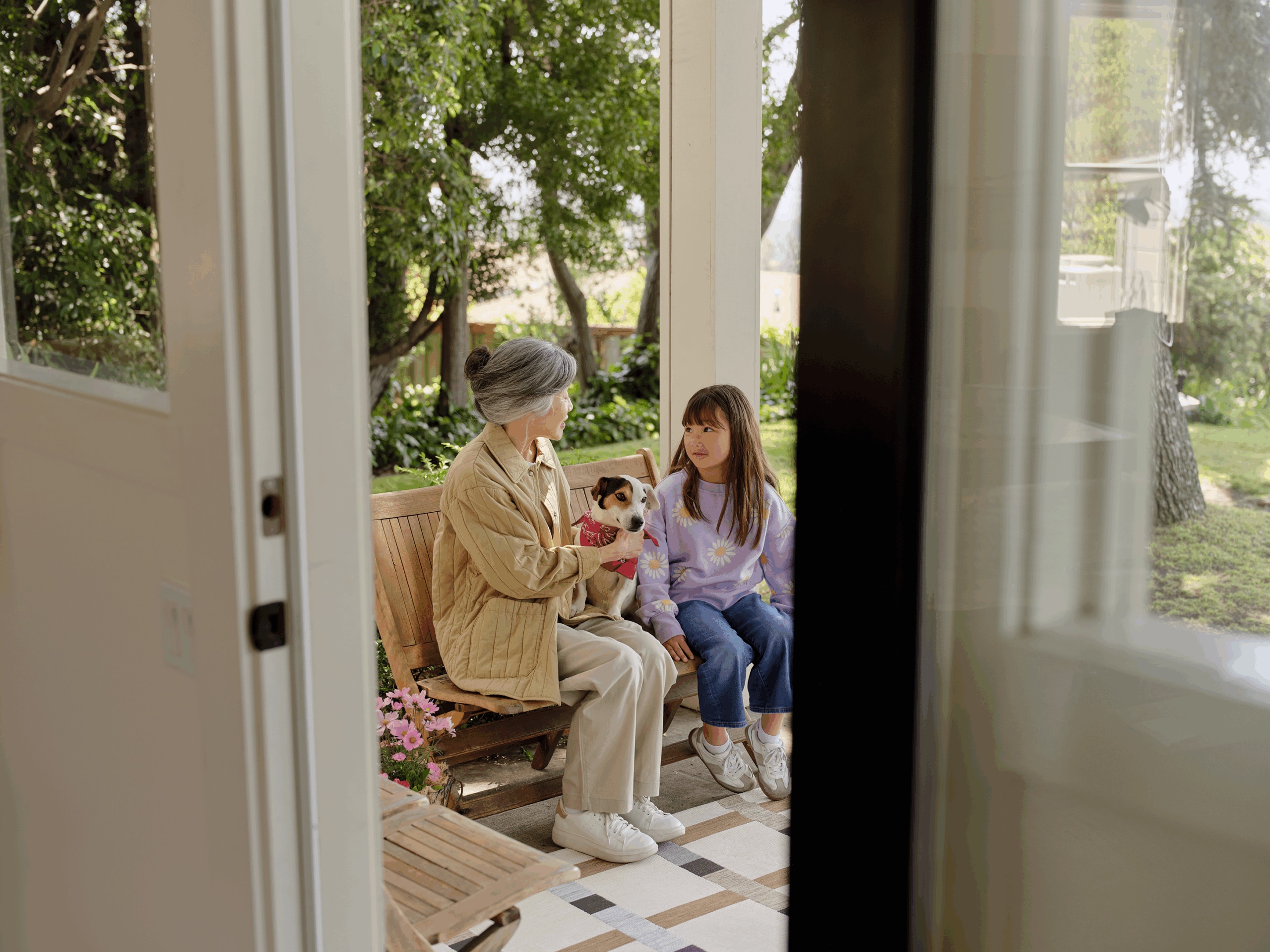The workplace wasn’t built for the realities of today’s working families, and it’s starting to catch up with us. Across the country, people are holding down full-time jobs while acting as caregivers for children, aging parents, and other loved ones–often with little support or acknowledgement. These dual roles aren’t new, but what’s changed is the scale, the stakes and the silence.
America’s population is rapidly aging. Child care costs are outpacing inflation. And societal support systems–like national care policies and infrastructure–are outdated and fraying. At the same time, the expectations of work haven’t softened. The result? A national workforce stretched thin, quietly burning out behind the scenes.
Our recently released 2025 Future of Benefits Report reveals the toll this pressure is taking on employees and the businesses they power. Burnout is pervasive, yet it’s being underestimated. Employers believe 45% of their workforce is at risk of burnout. The real number, according to employees themselves? 69%. That gap has consequences.
Caregiving is at the center of this. Of the employees who pay for family care, a staggering 83% say the burden of balancing care and their career directly increases their risk of burnout. These are not isolated cases. They are systematic signals that, too often, go unseen–out of fear, stigma, or the belief that asking for help will be seen as a weakness. When this is left unspoken and unsupported, it doesn’t just affect the individual but reverberates across the entire organization.
When care is unsupported, companies lose people
Employers say their number one benefits goal is retaining talent. But burnout–particularly among caregivers–is standing in the way.
Caregiving stress isn’t just a personal hardship, it’s a business risk. Nearly 1 in 5 employees say they’ve left a job because their employer didn’t offer child or senior care benefits. Approximately just as many say they’d consider leaving for a company that does. The message is clear: when employees feel unsupported in their caregiving responsibilities, they start looking for a way out. In a labor market where skilled workers are hard to find and harder to keep, that’s a wake up call for any employer focused on long-term stability.
The return on care is real and in reach
Here’s the good news: By recognizing this gap, we can close it. Our report shows that when employers provide caregiving support, the payoff is measurable.
Employees who have access to care benefits report profound improvement in their lives, including lower stress, better mental health, improved productivity, and more time with their families. Plus, with the exorbitant cost of care, the financial impact cannot be understated. Employees with access to child care or senior care benefits report saving nearly $1,000 per year on each type of care–money that can make a difference between staying or stepping away.
Employers feel the difference too. With access to care benefits, employees report higher work productivity and lower absenteeism–two key areas that impact a company’s bottom line. In fact, four in five employers believe their company’s profitability would rise by at least 25% if no employees were at risk of burning out. So, family care support that alleviates this burnout is more than a perk–it’s a path to a healthier, more engaged and loyal workforce that fuels long-term business success.
We have to face this reality–together
Caregiving isn’t a niche issue–it’s a national one, touching nearly three-quarters of the workforce. With its omnipresent nature, employers and employees agree that caregiving can’t be ignored and companies have a role to play. So, the question isn’t if we should step up. It’s how we will get there.
At Care.com, we believe employers shouldn’t have to navigate this alone. Through Care for Business, our enterprise division, we help employers turn the shared understanding into action. With the right support, burnout doesn’t have to be part of the job description. Let’s create workplaces where care and career can flourish, side by side.






